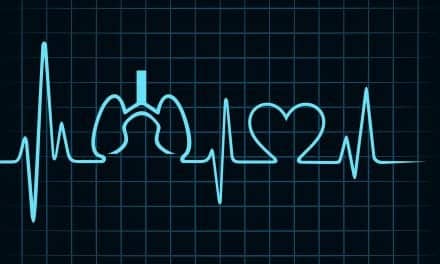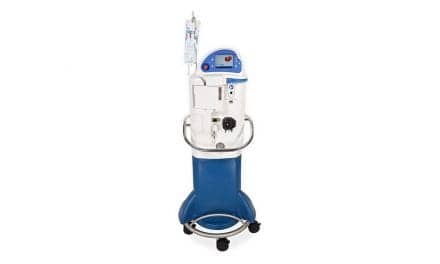The BDR-19, a low-cost, full-service ventilator from BreathDirect, was determined by Underwriters Laboratory to meet necessary criteria as an emergency use ventilator to treat ventilatory insufficiency, according to a company press release.
UL, the world’s largest independent testing organization, determined that the BDR-19 meets the criteria established in the Association for the Advancement of Medical Instrumentation latest design guidance (CR501:2020 and CR502:2020) for Emergency Use Ventilators.
BreathDirect has submitted these results as part of its submission to the FDA for Emergency Use Authorization so the BDR-19 can be distributed to hospitals and other critical care settings across the US. This comes at a vital time as COVID-19 continues to spread in record numbers and as concerns grow that a high percentage of stockpiled ventilators do not have the capability to save critically ill COVID-19 patients.
Read more about the BDR-19 here.
According to BreathDirect, the device can be produced faster and at a substantially lower cost per unit than other devices currently on the market. At full-scale production, the company estimates that one ventilator can be built and successfully tested every 85 seconds, with the capacity to manufacture up to 40,000 devices each month.
“From the outset the BDR-19 was designed to be a permanent, long-term critical care ventilator, built primarily for intensive care units and capable of a full continuum of respiratory support,” said Breath Direct founder and CEO Darren Saravis. “We have been in productive dialogue with the FDA throughout engineering and development. It’s been truly an iterative design process – the result being a low cost but high quality, multi-function ventilator that operates across a range of therapeutic needs. Our application for Emergency Use Authorization (EUA) is currently before the FDA for final scientific review, and we expect approval very shortly.”
BreathDirect will also seek a 510(k) from the FDA in the future which will allow the device to be marketed as a critical care ventilator once clearance is received, the company said.
“Having completed the UL testing process, we’re readying for immediate production, once the FDA gives us the green light under the EUA,” said Saravis. “Parts are sourced in the US and at-the-ready in San Jose, California and our manufacturing partners at Evolve Manufacturing in the East Bay are finalizing the full assembly process. We can have ventilators ready to ship to medical facilities in time to meet expected surge demands.”









